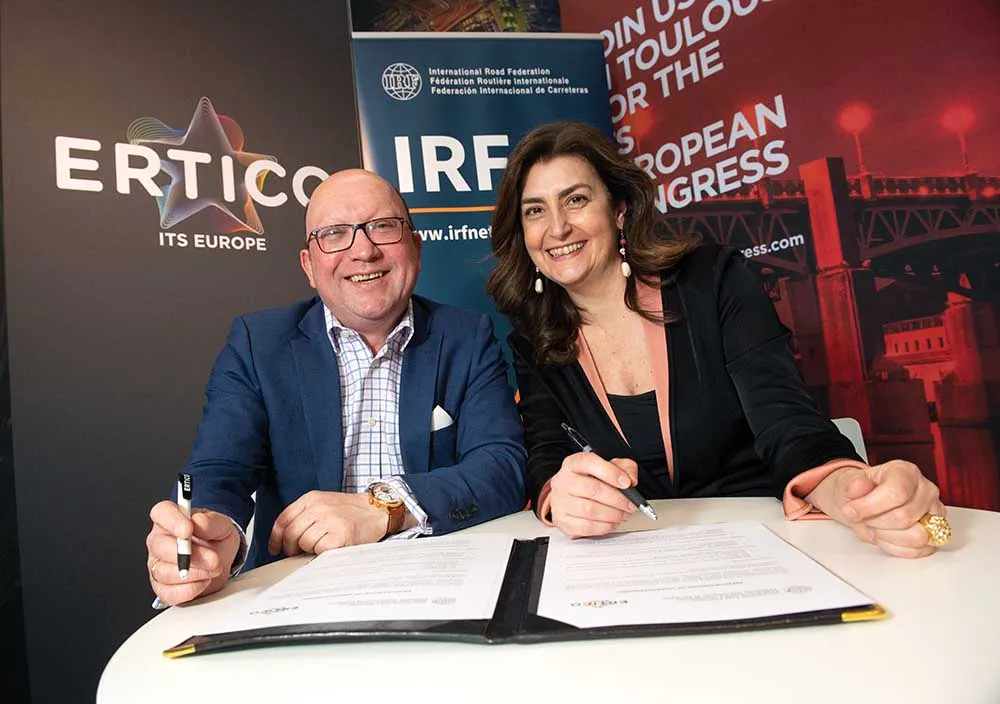The Mott MacDonald Grontmij joint venture (MMG JV) is to provide professional engineering design services to support strategic investment in England’s road network. The JV has been appointed on Lot 1 of the Highways Agency’s new US$7.8 billion Collaborative Delivery Framework (CDF), the country’s largest ever framework for the improvement of motorways and major A roads.
The Highways Agency’s CDF is Collaborative working practices and knowledge sharing between designers, the Highways Agency, delivery part
November 20, 2014
Read time: 2 mins
The 1869 Mott MacDonald Grontmij joint venture (MMG JV) is to provide professional engineering design services to support strategic investment in England’s road network. The JV has been appointed on Lot 1 of the 503 Highways Agency’s new US$7.8 billion Collaborative Delivery Framework (CDF), the country’s largest ever framework for the improvement of motorways and major A roads.
The Highways Agency’s CDF is Collaborative working practices and knowledge sharing between designers, the Highways Agency, delivery partners and wider supply chain are at the centre of the new style framework and will establish programme delivery relationships and deliver cost savings.
Under the framework, the Anglo-Dutch JV will support projects such as the delivery of junction improvements, bypasses schemes, pinch point alleviation schemes and smart motorways.
Iain Scott, MMG JV director said: “As a joint venture, Mott MacDonald and Grontmij bring extensive, cross-sector experience of working in similar collaborative delivery partnerships to deliver major infrastructure programmes. With our strong track record, combined with a full commitment to the new approach, we are confident that we will deliver innovation and added value to the Highways Agency to aid their programme ambitions.”
David Tarrant, MMG JV director commented: “We are delighted to be appointed to this framework, which will deliver a step change in programme delivery for the Highways Agency with a clear focus on collaborative working approaches.”
The Highways Agency’s CDF is Collaborative working practices and knowledge sharing between designers, the Highways Agency, delivery partners and wider supply chain are at the centre of the new style framework and will establish programme delivery relationships and deliver cost savings.
Under the framework, the Anglo-Dutch JV will support projects such as the delivery of junction improvements, bypasses schemes, pinch point alleviation schemes and smart motorways.
Iain Scott, MMG JV director said: “As a joint venture, Mott MacDonald and Grontmij bring extensive, cross-sector experience of working in similar collaborative delivery partnerships to deliver major infrastructure programmes. With our strong track record, combined with a full commitment to the new approach, we are confident that we will deliver innovation and added value to the Highways Agency to aid their programme ambitions.”
David Tarrant, MMG JV director commented: “We are delighted to be appointed to this framework, which will deliver a step change in programme delivery for the Highways Agency with a clear focus on collaborative working approaches.”









